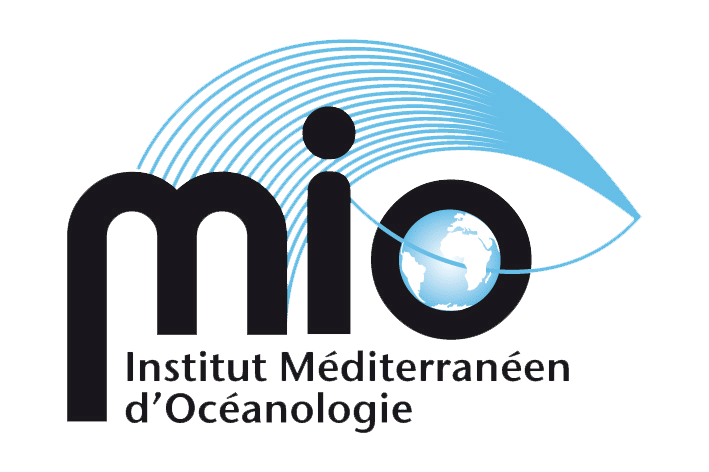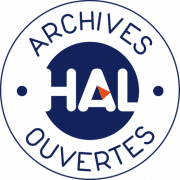Chemistry of Marine Environments (CEM)

Headers: Stéphane Mounier and Stéphanie Jacquet
The team Chimie de l'Environment Marin (CEM) focuses on a number of environmental issues:
- characterisation and quantification of organic and inorganic elements in the marine environment,
- estimating their flow from the continent to the oceans and tracking them by optical means,
- defining their sources and their fate in the water column,
- the impact of sedimentary diagenesis on anthropogenic inputs.
These themes are part of the general problem of understanding the element cycle and the impact of human activity on the environment, crucial phenomena in the context of global climate change.
Our research areas
Study of natural organic matter (NOM)
Study of Natural Organic Matter (NOM) through a combination of molecular and optical approaches and the identification of tracers, enabling the determination of main sources of MON (terrigenous, marine, atmospheric, sedimentary, etc.) and assessment of the sources and extent of space-time variability of chromophoric MON (CDOM) through the use of optical measurements laboratory and in situ (absorbance, fluorescence, radiometry) :
- Evaluation of biodegradation and degradation processes abiotic processes (e.g. photodegradation). The major processes controlling its composition, properties and reactivity in a marine environment,
- Structural characterisation of MON.
Organic and inorganic tracers for studying biogeochemical cycles in the marine environment
- Carbon cycle in the ocean environment - flows, tracers of export, of the mineralization and degradation of the MON,
- Quantification of flows and transfer modelling of matter at the atmosphere/ocean, river/coastal zone, water/sediment, margin/open ocean, surface ocean/mesopelagic zone/bathypelagic domain, frontal zones and biogeochemical provinces interfaces,
- Development of specific tracers (Ba, Ti, Hg, 13 C, 14 C, sugars, lipids, etc.) to study processes (mineralisation, photodegradation, atmospheric deposition, ocean circulation, etc.).
Integrated study of the sources, behaviour, transformation processes and fate of organic and inorganic contaminants
- Levels, sources and transfer of historical contaminants (metals/metalloids, PAHs, PCBs, etc.) and emerging (Ag, Gd, Pt, phthalates, OPEs, etc.) between environmental compartments, impact of intense natural or man-made events (e.g. storms, flooding, dredging, industrial/urban waste, etc.),
- Influence of speciation of contaminants on their bioavailability and their impact on the first trophic levels,
- Transfer of contaminants in food websprocess bioaccumulation and biomagnification,
- Biogeochemical cycle of Hg in the marine environment: anthropogenic vs. natural sources, exchanges and transformations, influence of microbial communities,
- Role of the MY and microplastics in the behaviour and transfer of contaminants,
- Impact of Black Carbon on contaminant transfer and the element cycle.
Tools and analytical development
- Development of in situ sensors for monitoring the MY (e.g. Fluorescence, Raman, Laser),
- Development of contaminant-specific sensors chemical tracers (e.g. PAHs by fluorescence, metals by functionalised polymers, Hg by functionalised Au nanoparticles, etc.) and urban tracers (e.g. faecal bacteria by fluorescence),
- Geochemical modelling of the speciation and transfer contaminants,
- Techniques for signal processingstatistical data processing, ...






